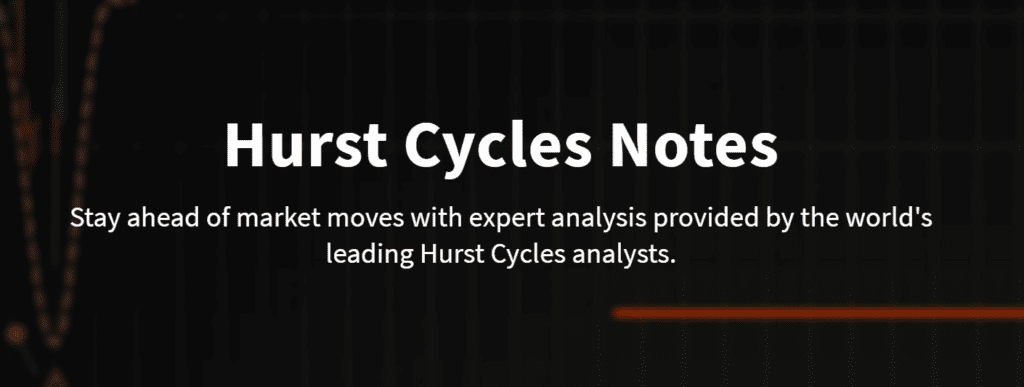Elliott Wave Analysis of 30-Year Treasury Bonds (ZB futures contract) by Sid from ElliottWavePredictions.com. Click on the charts to enlarge.
Taking a short break from the stock market, here’s my current technical analysis of the ZB futures contract (30-year bonds).
As shown in the lower left corner of the monthly chart above, the last large-degree bottom in 30-year bonds (and top in yields) was in October 1981. Bonds have a long history of moving in 30-year cycles, so the 30-year top was roughly due in late 2011. However, cycles are elastic, as the top in this one appears to be running 4 to 5 years late. The end of the cycle is likely nearing fairly quickly though, because the MACD indicator appears to be forming a very large divergence on the monthly chart.
On the weekly chart (above), the ZB contract simply needs 5 complete (black/intermediate) waves to the upside from the June 2007 low to end the cycle. Wave 1 (black) was a leading expanding diagonal, topping in December 2008. Black wave 2 deeply retraced black wave 1 in the form of a zigzag, ending just slightly beyond a very common .618 retracement of black wave 1. Black wave 3 ended in July 2012, and was rather short as wave 3’s go, at only 1.327 times the length that wave 1 was. Wave 3’s that are shorter than 1.618 times wave 1’s are typically followed by rather long wave 5’s.
That was followed by wave 4 (black), which concluded in September 2013, having retraced a perfect and highly common Fibonacci .382 of wave 3 (black). Black wave 5 has been underway ever since. As I mentioned before, with a shorter-than-normal wave 3 (black) in the books, we should be looking for a fairly long wave 5. I believe the most likely target for the end of wave 5 black is where it will equal the net traveled by black waves 1 though 3 times .618. That target is shown on the chart at 179^15. That target is very close to another common Fibonacci target based on prior waves at one larger degree. Burgundy (Primary) wave 5 will equal the net traveled by burgundy waves 1 through 3 times .618 at 181^09. The close proximity of these two targets supports the prediction that 30-year bonds will eventually top in the 179-181 area.
Finally, as shown on the daily chart above, there are several clues that indicate that 30-yr bonds haven’t topped yet. Ultimately, up from the end of black wave 4 in September 2013, we need to see 5 blue (minor) waves up. So far, we’ve seen blue wave 1 (October 2013), blue wave 2 (December 2013). That much is easy. But then I’m labeling the February 2 2015 top as blue wave 3, with blue wave 4 underway now, and blue wave 5 yet to come. Some might think that blue wave 3 ended on October 15, 2014, and therefore blue wave 5 (and the end of the 30-year cycle) ending on February 2, 2015. I don’t think so. Here’s a few reasons why:
- The internal subdivisions between December 2013 and February 2015 make more sense as 5 pink (minute) waves. I especially like the spike into October 15 2014 as wave 5 of a small-degree (green/minuette) expanding ending diagonal.
- Every blue (minor) wave going back over 30 years is easily visible on a monthly chart. If blue 3 ended in October 2014 and blue 4 in November 2014, they would not be discernible on a monthly chart.
- The drop from February 2 2015 through March 6 2015 counts best as a simple green abc zigzag. It is therefore unlikely that it was wave 1 within a new trend to the downside.
- Blue wave 2 (Dec 2013) appears to count best as a deep, fairly brief double zigzag, so based on the guideline of alternation, wave 4 is likely to be a longer lasting, fairly shallow “flat” or “triangle” with a new price extreme inside of it. Based on price action so far, an expanded flat seems most likely.
- Hurst Cycle analysis is expecting an 18-month cycle trough in August 2015. Based on the early scope and dimension of the incomplete blue wave 4, an August low would fit well as the projected end for blue wave 4.
Please join me for my next weekly “Counts” webinar, where I go over all of my Elliott wave counts and associated Fibonacci price targets for many of the world’s major stock markets, commodities, currencies, and bonds. Hurst cycle analysis is considered on virtually all items. A recording of the webinar is provided to all subscribers, whether in attendance “live” or not. In addition, all “Counts” webinar subscribers receive my Sunday and Wednesday EWP ScreenShots as a free bonus!
Many traders find my work extremely helpful in their trading! Here are just a few of the testimonials from those traders/investors.
Sid





